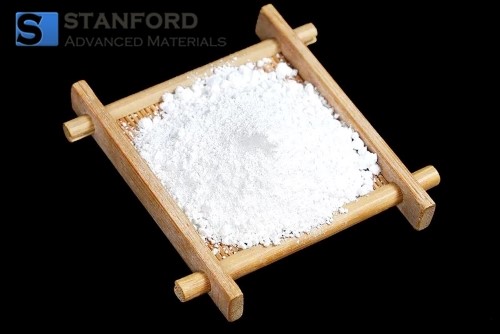Case Study: Revolutionizing Pharmaceuticals And Cosmetics With Micro Titanium Oxide
Introduction
Micro‐Titanium Dioxide (TiO2) is used in the pharmaceutical and cosmetic sectors. It acts as an ingredient that improves product function, appearance and safety. It reduces ultraviolet (UV) radiation by reflecting and scattering incident rays. This article discusses the pharmaceutical and cosmetic uses of TiO2. We aim to provide clear, factual insights.

Figure 1. Cosmetic products
Applications of Micro‐Titanium Dioxide in Pharmaceuticals and Cosmetics
Micro‐Titanium Dioxide is applied in several formulations in the pharmaceutical and cosmetic industries.

Figure 2. Micro‐Titanium Dioxide
Sun Protection in Cosmetics:
Micro‐TiO2 is used as a physical sunblock agent. It reflects and scatters UV rays, thereby reducing skin exposure to harmful radiation. Many sunscreens and skin care products contain this ingredient to lower UV-induced risks.
Cosmetic Pigments and Opacity:
Micro‐TiO2 is employed as a pigment in cosmetic formulations. It contributes to colour consistency and opacity in products such as foundations and concealers. It helps to achieve an even distribution of light.
Oil Absorption and Mattifying Effect:
Micro‐TiO2 functions by absorbing excess oil from the skin. Studies report a quantifiable reduction in surface oil when it is used. It assists in producing a matte finish in powders and liquid formulations.
Skin Brightening and Lightening:
The light‐reflecting properties of TiO2 are utilised in products targeting an even skin tone. It is incorporated in formulations aimed at reducing dark spots and uneven pigmentation. This use results in a brighter appearance.
Pharmaceutical Excipients:
In pharmaceutical formulations, TiO2 is added as an excipient. It improves uniformity and stability in tablets, capsules and other dosage forms. It is therefore an established component in many medicines.
Product Stabilisation:
Micro‐TiO2 absorbs excess moisture and regulates particle interactions. This control helps maintain product integrity and texture over time. Such stabilisation is confirmed by controlled studies.
Anti‐Caking Agent:
In powdered medicines, Micro‐TiO2 is used to reduce clumping. It ensures an accurate dosage and facilitates administration. This function is important for patient use.
Conclusion
Both the pharmaceutical and cosmetic industries employ micro‐Titanium Dioxide. Its applications enhance product function, appearance and safety. Given that controlled tests indicate consistent performance, micro‐TiO2 remains a valuable tool for formulators. High‐grade Micro‐Titanium Dioxide is available from Stanford Advanced Materials (SAM). Please submit an enquiry if you are interested.

 Bars
Bars
 Beads & Spheres
Beads & Spheres
 Bolts & Nuts
Bolts & Nuts
 Crucibles
Crucibles
 Discs
Discs
 Fibers & Fabrics
Fibers & Fabrics
 Films
Films
 Flake
Flake
 Foams
Foams
 Foil
Foil
 Granules
Granules
 Honeycombs
Honeycombs
 Ink
Ink
 Laminate
Laminate
 Lumps
Lumps
 Meshes
Meshes
 Metallised Film
Metallised Film
 Plate
Plate
 Powders
Powders
 Rod
Rod
 Sheets
Sheets
 Single Crystals
Single Crystals
 Sputtering Target
Sputtering Target
 Tubes
Tubes
 Washer
Washer
 Wires
Wires
 Converters & Calculators
Converters & Calculators
 Chin Trento
Chin Trento


